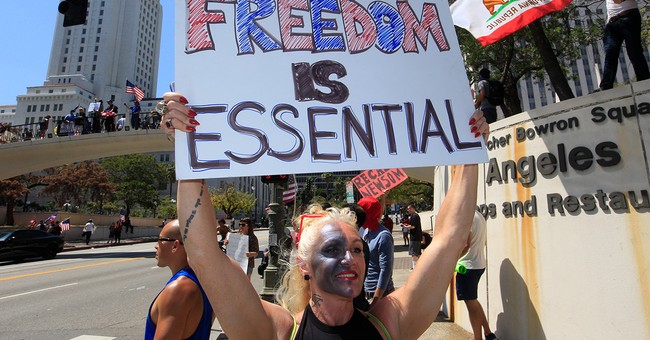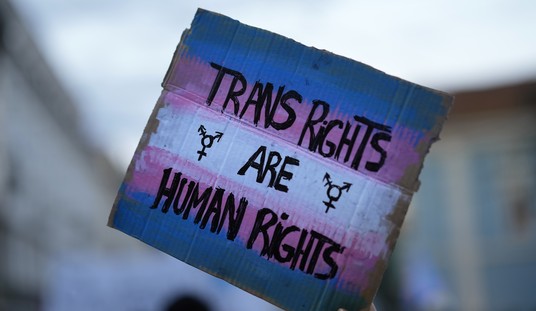
Sweden’s approach to the Wuhan virus pandemic has been a hotly debated topic over the last several months. Most interestingly, it hasn’t broken down simply along ideological lines. Though you’ll mostly find conservatives defending them, we’ve also seen others, including President Trump, criticize their more lax, targeted approach
Despite reports to the contrary, Sweden is paying heavily for its decision not to lockdown. As of today, 2462 people have died there, a much higher number than the neighboring countries of Norway (207), Finland (206) or Denmark (443). The United States made the correct decision!
— Donald J. Trump (@realDonaldTrump) April 30, 2020
As I wrote last week, that’s true in the near term (see Was Sweden’s Wuhan Virus Strategy Right All Along?). It’s not at all clear what that means long term though.
Now, Sweden’s death projection via the IHME model has been downgraded significantly while many other locked down countries had theirs raised, including the United States nearly doubling. Sweden’s projection stands at 10,196 deaths.
Lots of people focusing on the IHME model updating its death predictions. You know which country's death predictions were significantly downgraded? Don't look now… pic.twitter.com/mmObR3Wyw5
— Ben Shapiro (@benshapiro) May 5, 2020
To be fair, that would be higher per capita than the U.S. is currently on track for via the model. But the big question remains: Do we see a second wave after the current curve runs its course and how large will it be?
Sweden’s lack of a total lockdown, according to most people opining, should have led them to ever-increasing death totals. Instead, we’ve seen their projections nearly halve in the last few days. But the most important aspect of what they are doing is that they look to reach herd immunity by mid-May, seeing a steady decline throughout June and July.
One of the biggest issues with the current modeling is that it stops in August. Yet, you’d expect a resurgence of the virus to hit hard in October and continue as the weather cools. People will spend more time indoors and the virus will be in an environment that promotes its spread again. How much of any reprieve beginning now is weather-related vs. how much is about the lockdowns? That’s a question that no one in power seems to want to tackle because they might not like the answer.
If this virus sees an acceleration in the fall, Sweden could be one of the few countries to avoid it altogether. If that happens, those death projections through August are going to look highly irrelevant when the time comes. Why won’t any of our elected officials level with the people about what’s likely coming? There is no scientific basis for believing this thing just disappears after August, nor is there any real reason to believe we’ll have a treatment before then. Yes, there’s been talk of a vaccine by September, but not only would that be unprecedented, it’d take the better part of six months to distribute it even if it worked and were safe.
Here’s my chief concern. I think it’s highly probable that we are just delaying the inevitable right now because our politicians don’t want to deal with the consequences. And by delaying the inevitable, we are destroying our economy for an outcome we probably won’t even end up avoiding. Suicide hotlines are being overwhelmed, drug overdoses are up, and people are missing preventative and needed medical procedures, all of which cost lives over the long term. While we may be able to point to the virus death toll three months from now and claim we saved lives, how many lives are we going to end up saving over the next several years? Because this economic collapse and the lives it takes will reverberate long past August.
I don’t know for sure that Sweden will avoid the same fate. Perhaps their chase for herd immunity is misguided? What I do know is that their leaders have had the courage to level with their people, be honest about the consequences, and pursue a strategy that looks past Labor Day. We could use that kind of transparency and long term thinking from our elected officials, but we aren’t getting it. We’ll see how much that ends up costing us. I suspect the bill won’t be cheap.













Join the conversation as a VIP Member